T3 Alliance: Turning a Crisis into an Educational Opportunity
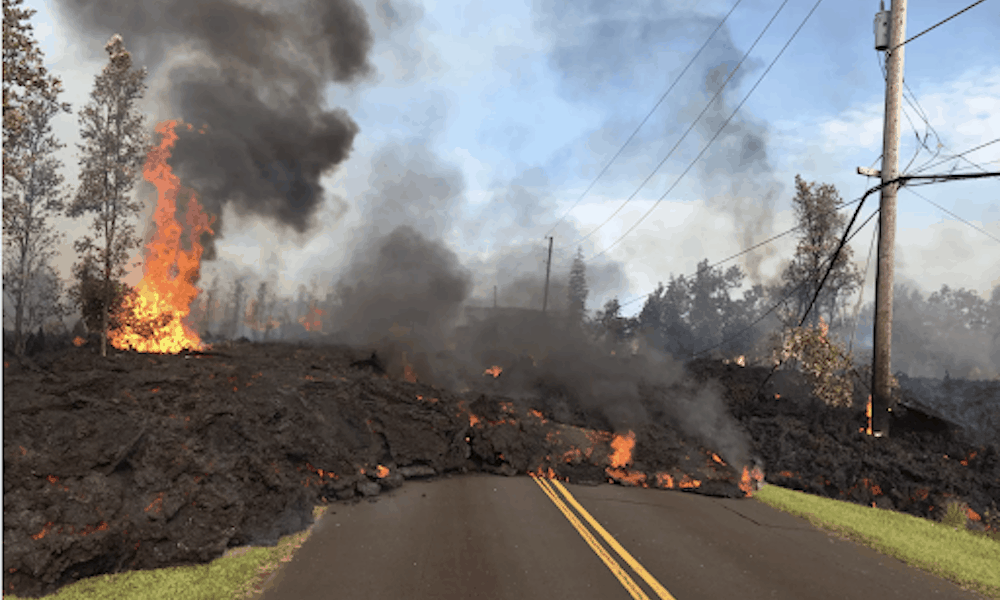
By: Adam Low
For six months in 2018 Lava flowed out of a fissure on the eastern side of Hawaii Island. The eruption was significant in the lives of all the residents on the island. Residents were advised to shelter in place or evacuate to shelters due to the effects of the eruption.
During the six weeks Upward Bound summer program at the University of Hawaii Hilo, 17 T3 Alliance students from high schools around the island designed and installed an air quality detection system for the residents of East Hawaii. The students had no special pre-qualifications and met each day for about two hours with three instructors. Using the T3 Alliance curriculum, introduced them to programming Raspberry Pi Devices within a design thinking context. By the third week, students had developed projects for the admissions department at the university and were asked to take on some of the problems associated with the eruption affecting the community. In a matter of days, students were speaking with both community members and experts in the air quality at the USGS, Department of Health, and at lead research institutions across the country. During the fifth and sixth weeks, students installed and tested the network of air quality meters that were providing real-time information to residents of the affected regions.
In January of 2020 Puerto Rico experienced a series of earthquakes that left the country in a state of fear. Buildings had collapsed, infrastructure was damaged, and residents slept outside in the street in fear of aftershocks. Schools closed and students were home with limited opportunities to maintain a regular academic schedule.
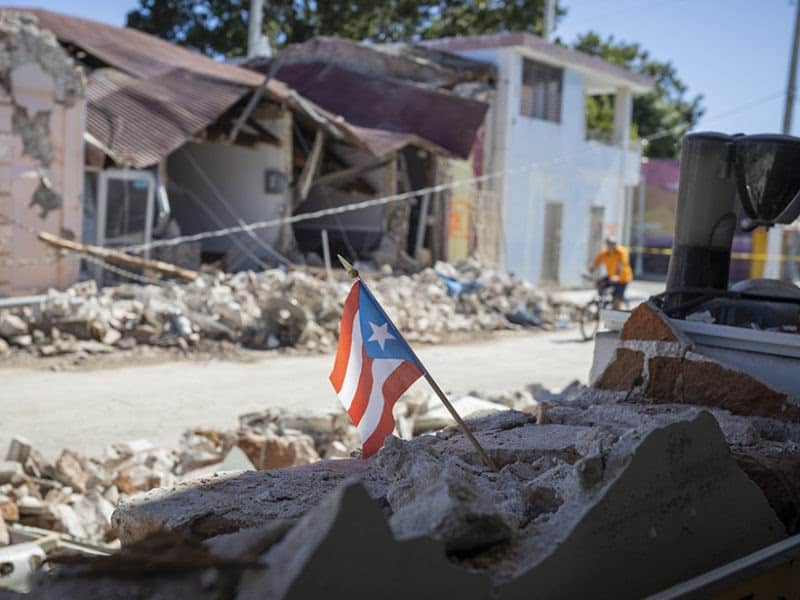
A group of Upward Bound students in the central region of Puerto Rico experienced a “crash course” in community engagement that resulted in the installation of raspberry pi based earthquake alarms that went out over both Twitter and though speakers. These students were new to the T3 Alliance curriculum and raspberry Pi technology but in two days of training, they developed community-based solutions with the design thinking process. The students communicated with seismologists to be sure the data being shared was accurate, and they were able to travel to other communities in order to teach other students how to set up seismic stations.
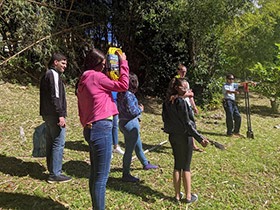
Although it was awesome to have these sensors as a community resource, the real win in this situation was in the self-efficacy of the 17 underserved students that were part of this program. They have learned to reframe problems as opportunities and see the power of maintaining a culture of positive productivity. They knew they had made a difference and were ready to find other ways to serve their community.
Traditional education is not set up well to be agile in times of crisis. Students are often left to stay home and keep to themselves. As a school system and as a society, we have plans and structures that we fit into during regular times. It’s at times like this when we should be engaging the students and asking them what they can do to be part of the solution. Thanks to support from Educating 4 Leadership, a T3 Alliance trainer (Gabriel Low) was able to respond immediately, traveling to Puerto Rico to work directly with the students and staff in real-time.
At Northeastern Illinois University, Upward Bound Director Aaron Cortes has facilitated his student’s involvement in the #hackthepandemic movement. He has distributed 3D printers, laptops, and technology equipment to the students in the program and encouraged them to lean into the DIY community. The students have 3D printed face shields and masks for local community members and are working on a system to sanitize N-95 masks.
In situations where students have been empowered with a growth-mindset vocabulary and some basic technology and communication skills, our T3 Alliance work has seen great progress during times of crisis. A crucial component in these situations is that the institution in charge of the education gives up control of the “right way to do something” and replaces it with a commitment to follow the design thinking process and lean into some critical attitudes.
Instructors and facilitators in these situations have some key characteristics.
1. Respect for students. They believe that students can rise to the challenges presented
2. Model growth mindset. Reframing every setback as an opportunity.
3. Working to free up resources. Time, transportation, connectivity, and physical things.
Students in a program such as T3 Alliance, find themselves in a community that celebrates the reframing of struggle as a positive experience and practice appreciating the art of converting a story into an emphatically informed problem. It is in this context that students explore the world and develop the skills necessary to complete a project that makes a difference. Students feel safe enough to lean into a problem and understand that every iteration is an improvement on the earlier one. They see how the community responds, they feel the support of the colleagues in their classroom and in the larger communities, they own the deliverables that they promised in the initial request for funding that ran through their instructor.
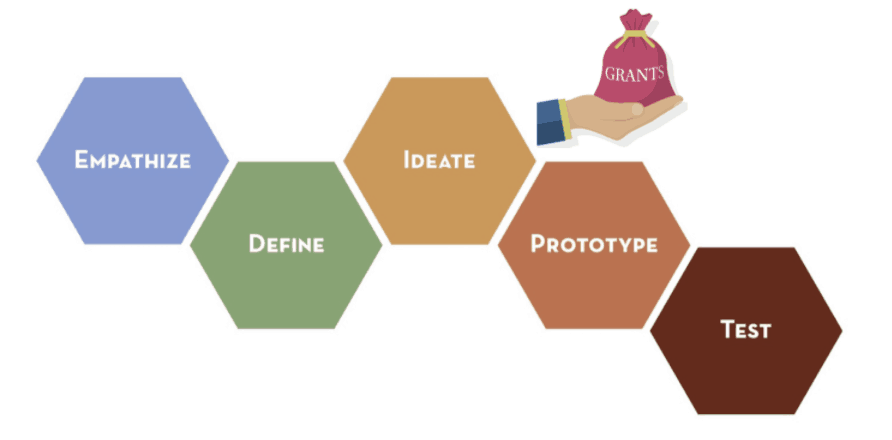 |
Design thinking process with an extra step for a project that requires resources. T3 Alliance participants often write a “mini-grant” to their instructor when a problem makes it to the prototype phase. The mini-grant process forces accountability and provides a method to track program expenditures. |
It is more important to teach the students how to relate to a problem and organize their resources than it is to teach the technical skills needed to program a sensor or operate a 3D printer. When the emotional engagement is high students acquire skills rapidly. While advanced skills still take many hours to develop, the skills needed to prototype something can be gained with astonishing speed. What’s more, when a student has gained a basic understanding of how a specific technology works, they can reach out to a healthy online community of experts for specific support.
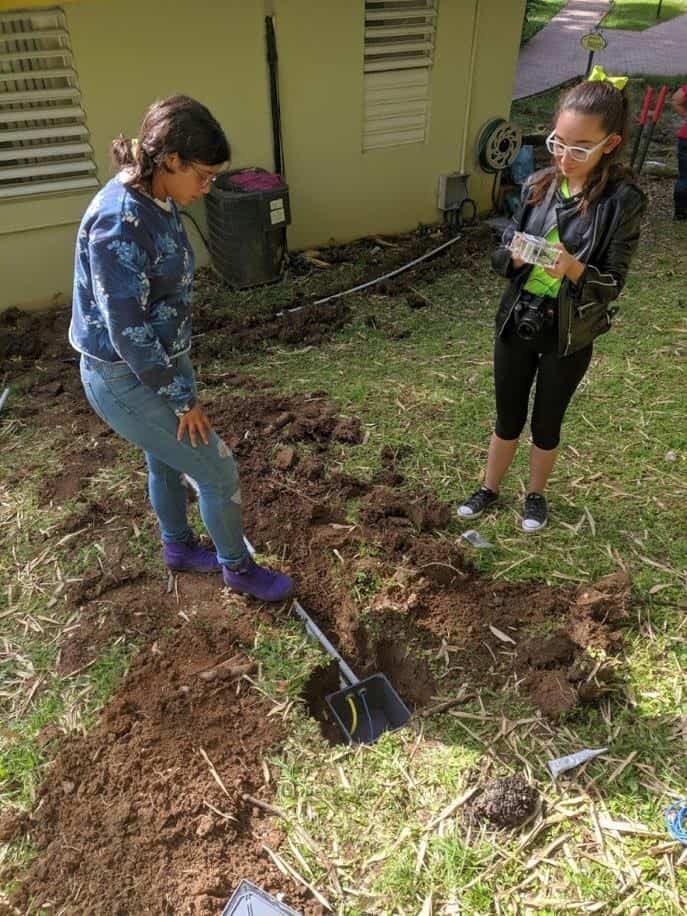
Students across the country are in a situation much like the students in Hawaii and Puerto Rico were facing. We can attempt to get every student access to the internet in an effort to equalize access to information but this alone won’t fill the gap left by thousands of structured classrooms. Parents are struggling to find a way to make home life emulate that of the classrooms that they knew. To move forward in a way that adds to the lives of our students we need to distribute the kinds of guidance and structures that empower students to make a difference. First within their families, then within the larger society. The design thinking process is well supported and can be taught in ways that involve the entire family. A growth mindset resonates with all cultural perspectives, and all brain research supports it. Moving away from a fear-based system of ranking and grading and moving towards the kind of unconditional positive regard that so many counseling programs are based upon would do wonders for all our students.
For more, see:
Adam Low is the Assistant Director of the University of Alaska Fairbanks Upward Bound and is the curriculum coordinator of the National Science Foundations EPSCoR “Teaching Through Technology (T3) Alliance”. He is a science and technology educator with a passion for involving students in community engagement projects.
Stay in-the-know with innovations in learning by signing up for the weekly Smart Update.


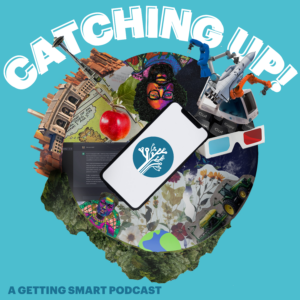

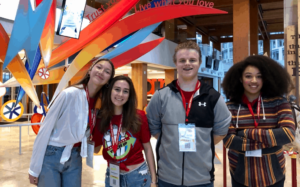
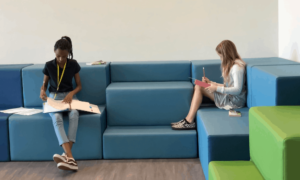

0 Comments
Leave a Comment
Your email address will not be published. All fields are required.